Tips for pearls you need to know. Why natural pearls are so expensive? Do we have alternative solutions? How can we acknowledge if a pearl is natural?
Table of Contents
The article was last updated on 01/05/2024. The average reading time is 13 minutes.
Pearl history.
To begin with 50 Amazing Tips for Pearls You Need To Know, we need to see the history first.
The oldest written pearl mention was in 2206 BC. Pearls have been symbols of wealth and status for thousands of years.
If you visit the Louvre Museum in Paris, you can look for ancient pearl jewelry dating back to 420 BC.
One of the earliest references to the use of pearls for adornment, the Greek poet Homer described the Roman
goddess June’s pearl earrings in his epic poem, the Iliad: ‘In three bright drops her glittering gem suspends from her
ears.”
According to legend, Cleopatra crushed a pearl into a glass of wine to prove that she could give the most expensive dinner in history to Marc Antony.
In ancient Rome, pearls were considered the ultimate status symbol.
A pair of natural pearl earrings belonging once to the Empress of France Eugenie (wife of Napoleon III) was sold in New York at US$ 3.3 million in an auction.
Want to learn about tips for silver jewelry? Please read our article here.

Native Americans have adored natural pearls. When Cristoforus Colombus found rivers in Venezuela and Panama to be sources of pearls, they started to overfish, and in less than 100 years, these natural sources have declined.
Elizabeth Taylor’s famous La Peregrina 16th-century pearl sold for US$11.8 million.
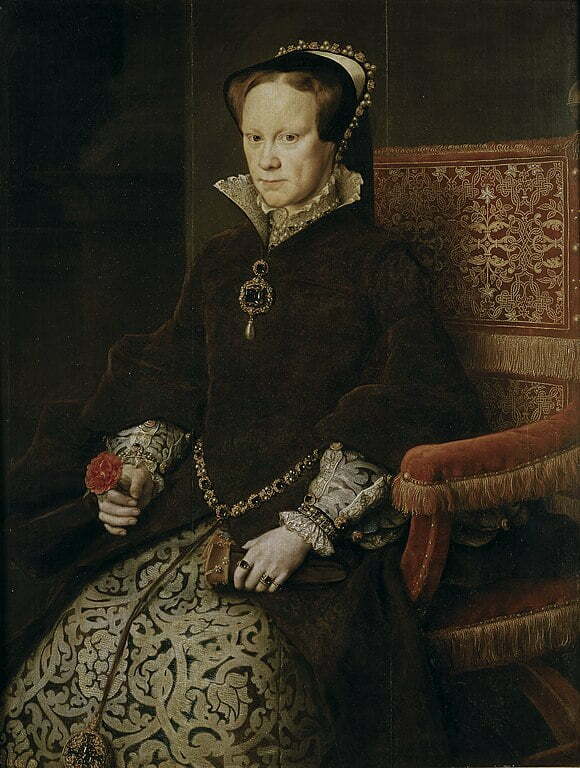
Pearl culturing started in China hundreds of years ago. Japan began to in the early 20th century and soon became commercially important.
The Chinese had been cultivating Freshwater pearls for hundreds of years. They learned early on how to implant a metal form or mold against the inner shell of the mussel and submerge it in the water for a few years while the mollusk coated the paper with layers of nacre. The most popular form was a small sculpture of Buddha, but many other shapes were made.
Mikimoto Kōkichi was a Japanese entrepreneur who created the first cultured pearl and started the sophisticated pearl industry by establishing his luxury pearl company, Mikimoto.
The spherical shape of pearls leads to many countries associating them with the moon. In ancient China, pearls were believed to protect from dragons. In Europe, pearls symbolize purity and modesty.
Check our article about the types of gemstones
Natural pearls.
Pearls are complex, shiny objects produced inside the soft tissue of living shelled mollusks. Just like the shell of a mollusk, a pearl is composed of calcium carbonate. The perfect pearl is round and smooth, but many other shapes can occur, called baroque pearls.
Natural or wild pearls are scarce; 1 of about 10,000 oysters can produce a pearl, making them extremely valuable.
An even smaller percentage is the proper shape, size, and color.
Natural pearls are scarce today; only vintage pearls can be found, and their carat weight most commonly sells them.
A Natural pearl can cost US$300 to US$ 5,000 depending on the quality, size, weight, and shape. That means if you want a necklace from natural pearls, the cost is around US$255.000 if we assume an average of 85 pearls times 3.000 for each pearl. But this is only an estimate. In 2014, a strand of 53 natural saltwater pearls was sold at US$ 2.9 million.
Prices can vary increasingly, depending on many factors. Most pearl necklaces have fewer natural pearls in the middle and cultured pearls on both sides to reduce the total cost.
Check to see our article about women’s necklaces
Origin of natural pearls today.
Today, they are pearl divers in the sea of Bahrain and Australia. Significant numbers of pearls are still found in the Australian Indian Ocean waters. X-ray identification is required to verify natural pearls today.
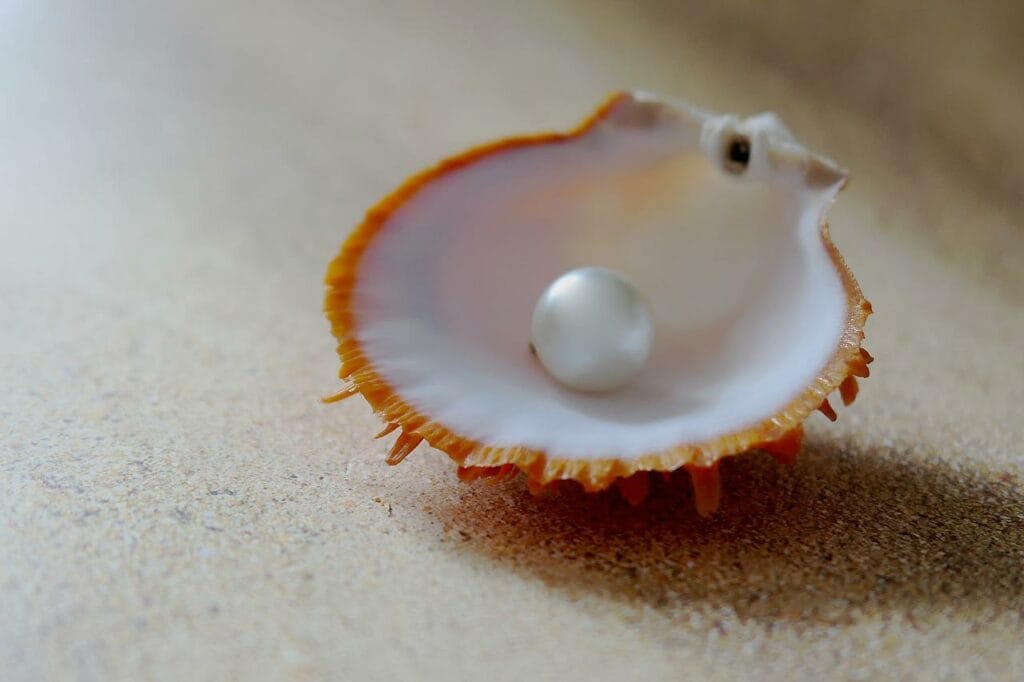
Important tip. Because natural pearl prices are incredibly high, and if you decide to purchase, ask for an X-ray certification from a reputable gem lab. Do not accept a piece of paper of unknown origin.
According to the American Gem Society, all-natural pearls have already been harvested.
Cultured pearls.
Cultured pearls are grown on farms all over the world. The mollusks need to be developed enough to accept the mother-of-pearl bead nucleus. The technician implants the bead through a surgical procedure after the mollusks are returned to the water and remain until the pearl forms.
That is why cultured pearls are different from natural ones. They are formed with human intervention.
Tips for pearls. Cultured pearls are considered natural pearls. They are formed with the same process.
The difference is the price between natural and cultured pearls. However, South Sea cultured pearls can be as much as US$ 100,000 per strand or even more, depending on the size and quality.
Tips for pearls. Different types of cultured pearls.
Different types of oysters produce various pearls, colors, sizes, and shapes.
Also, they are saltwater and freshwater pearls.
Saltwater pearls
Akoya saltwater pearls are grown in Japanese and Chinese waters. The range in size is from small (2mm) to large (10mm), which is very rare. Usually, they come in white or cream color and round shape.
The price, as always, depends on the quality. Average quality pearls sold for around $150 to $300. Refined quality can be sold from $400 to $ 6,000 or more.
Hanadama Pearls are extremely fine Akoya Pearls certified by Japan’s Pearl Science Laboratory (PSL). They are world-renowned because of their outstanding luster and orientation. Hanadama means the spherical flower in Japanese.
South Sea pearls are grown in Australia, Indonesia, Burma, and the Philippines. They produce the most giant pearls from 9mm to 20mm with white, cream, or golden color.
South Sea pearls are the most expensive in the world. An average quality pearl can vary from $250 to $450. Fine pearls can cost from $1200 to $35000, depending on the quality.
Tahitian pearls, known as the Black South Sea, are from French Polynesia and Tahiti. The sizes vary from 8mm to 16mm. These are naturally colored black pearls but can be other colors like grey, blue, green, and purple.
Standart-grade Tahitian pearls can cost from $200 to $600. The finest quality grade prices are from $1.000 to $36.000.
Freshwater pearls.
Freshwater pearls are grown in lakes, rivers, and ponds, mainly in China and Southeast Asia. Many are white but can also be produced in various shapes and pastel colors.
Average quality pearls can cost $30 to $50, while fine quality pearls can be sold from $65 to $5000. The prices fluctuate a lot because it depends on the quality.
Quality is the most critical value.
- Because pearls are organic, you can not have a perfect quality. They are grown physically, and the layers are not distributed evenly or in a visually appealing way,
- The most natural pearls with exceptional quality are sold at auctions or museums.
- Pearls are the only gems created by a living animal. Compared to the rocks found underneath the ground, pearls are the only gems that do not need polishing or to be cut.
- Are antique pearls worth it? Mostly not because they are natural pearls or imitations. If you have an antique pearl, the best way is to check it with a gem lab or a trustworthy and qualified expert.
Quality factors of pearls
There are qualities of natural or cultured pearls you need to consider when buying pearl jewelry.
Size.
When all the factors are the same, larger pearls are rarer and more valuable than smaller sizes.
Shape.
Round is usually the most valuable, but some pear, oval, or baroque are also very popular amongst pearl lovers.
Color.
Genuine pearls often have different hues. Yellow, orange, and pink are the warm hues. Blue, green, and purple are the cold hues. Pearl colors have three components. The primary color, or “body color,” is the overall color of the pearl. Overtone is one or more colors lying over the primary color. Orient is the shimmer of rainbow colors on or just below the surface of a pearl. Supply and demand determine the value of pearls of a specific color.
Luster.
It is the most critical factor of a pearl. The luster gives the pearl a unique beauty.
- Excellent. The reflections appear bright and sharp.
- Very good. Near-sharp reflections appear.
- Good. Reflections are bright and not sharp.
- Fair. Reflections are weak and blurred.
- Poor. Reflections are dim and diffused.
Surface quality.
Pearls are never perfect. The surface characteristics are more minor than the other factors if they are few.
If the surface characteristics are severe or numerous, they can affect the durability of the pearl and lower its value.
Nacre quality
Nacre and luster quality are related. If the nucleus is visible under the nacre, you realize that the nacre is thin. That will affect the luster and durability of the pearl.
Matching pearls.
For most pearl strands, the quality factors must be the same. Many jewelers, mostly famous designers, mix shapes, colors, and sizes to create unique pieces.
Treatments of pearls.
Humans alter all gems after they are found on Earth. Traditionally, natural gemstones are cut and polished, but there are some treatments to change the color or clarity. Like all natural gems, pearls are also treated.
It is legally required for a pearl seller to disclose the treatment process. In the United States, the Federal Trade Commission established consumer guidelines. Other associations also have formulated specific guidelines that their members must follow regarding the disclosure of treatments in the gem materials.
Bleaching
All types of pearls are routinely bleached to lighten and achieve color uniformity. When pearl jewelry is bleached, it will be much more porous, and it is suggested to keep it in a soft and dry environment, avoiding human oils and other liquids.
Surface coating
Some pearls have been treated with a colorless coating to improve durability. A skilled gemologist can quickly identify them, and we suggest keeping them in a dry environment and protecting them with soft wrapping.
Dyeing
Dye often improves the appearance of low-quality pearls by enhancing their color.
Colored pearls are often found to be colored, and a qualified gemologist can detect dyed pearls in most cases. Please avoid contact with alcohol or acetone and have them exposed to long periods of sunlight to prevent the color from fading.

How to check if a pearl is natural?
All over the world, the demand for pearls is high. Unfortunately, the production of fake pearls is increasing. In the last few years, the faux pearls have been almost identical to the real ones because of technology.
Fake pearls come with different names like:
- Faux pearls
- Synthetic pearls
- Imitation pearls
- Majorca pearls
- Costume pearls
- Mallorca pearls
The pearl is the queen of gems and the gem of queens.
Grace Kelly
There are some easy tips to check if a pearl is natural.
The tooth test.
One of the easiest ways to check a pearl is to rub it gently in your tooth. It would be best if you did not feel it smoothly but somehow rough like sandpaper. It is not a natural pearl if you think it is smooth.
This is the oldest test and works very well, but making it in a jewelry store is challenging.
You better ask them before you proceed.
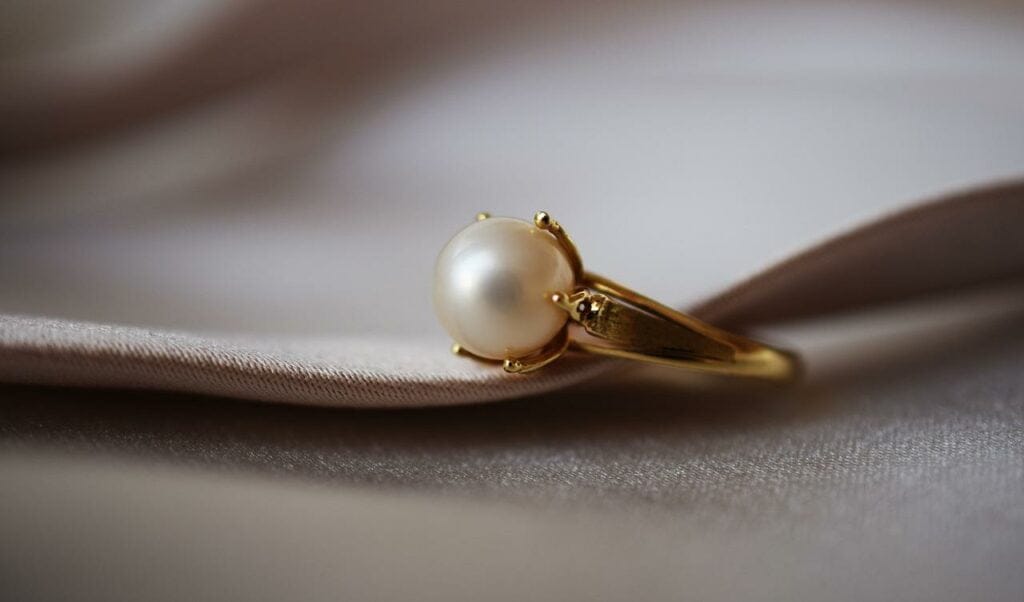
The weight test
Fake pearls are usually made of glass or plastic. The faux pearls are lighter than the natural or cultured pearls.
Feel the weight difference by keeping them in your hand. This does not work if the fake pearls are made of solid glass beads.
The shape test
Genuine natural or cultured pearls are rarely round. They can have different shapes like oval, near round, circled, and irregular.
Most fake pearls are round, so when you check a necklace, for example, try to find slight differences in shapes. If everything is round, it is a sign that they are probably fake.
The color test.
Most natural or cultured pearls have a slight color change on the surface. They can be a pink or green color over the primary color of the pearl. Fake pearls usually have only one primary color. Some natural pearls don’t have a second color, so this technique can not work alone. But it will give you a clue to check further.
The drill holes test
The drill holes in natural pearls are usually skinny. Fake pearls have larger holes, and the coating around the drill holes is thin and looks like shiny paint.
If you are still unsure.
If you still have difficulty determining whether a pearl strand is natural, the best option is to ask an expert. Find a reputable jeweler or a certified gemologist and ask for an appraisal.
Why choose genuine, high-quality pearls?
Top-grade genuine pearls are a long-term investment. Investors are looking for a rare and unusual set of pearls.
Diamonds, sapphires, emeralds, and natural pearls will easily keep their value and often become more valuable over time.
Big auction houses sell rare jewelry from pearls exceeding the value of other gemstones.
When you buy a set of pearls for an investment, you must check the quality. Size, color, roundness, all the details that will make them extraordinary. Be sure to ask for a certificate of authenticity.
A piece of pearl jewelry is a perfect gift for a woman. You will be remembered every time.
A unique gift can be Tahitian earring pearls that are not white but can be black, grey, or purple.
Pearl jewelry is an endless classic piece that can be timeless through generations. Tell the story of the jewelry to the next generations. This will create a tradition, bringing your family together.
Check our article about Peridot, the August Birthstone
Buying online pearl jewelry
In recent years, buying jewelry online has been very common. But you must be buying from a trusted retailer.
Make sure to do the following when buying genuine pearls online.
Avoid big retailers like eBay and Alibaba. They can have trustworthy retailers, but it is riskier because we have seen many listings advertising with many positive reviews lately.
Professionals who try to pass off phony pearls as real ones are known as counterfeiters.
Call the retailer and ask for more details. The actual retailer will have a phone number on their website. Call them and ask questions. They must be able to answer all the details.
Check if the retailer is accredited. They will be legit if the retailer is a member of the Better Business Bureau, the Jewelers Board of Trade, or another association.
Check the reviews. Trustpilot is a very trusted source, as testimonials on their website. Older retailers with many reviews on their sites are more trustworthy.

Pashalis Laoutaris
Fashion Blogger
I am a professional writer, fashion blogger, and owner of the site https://laoutaris.com. As a salesperson for more than 20 years, I have experience of 10 years in the fashion industry. I consider myself a true fashionista. I am writing daily blog articles about fashion, tools and converters, and everything you need to know about the current fashion trends.
Share this article
Our Latest Articles
Laoutaris Recommends
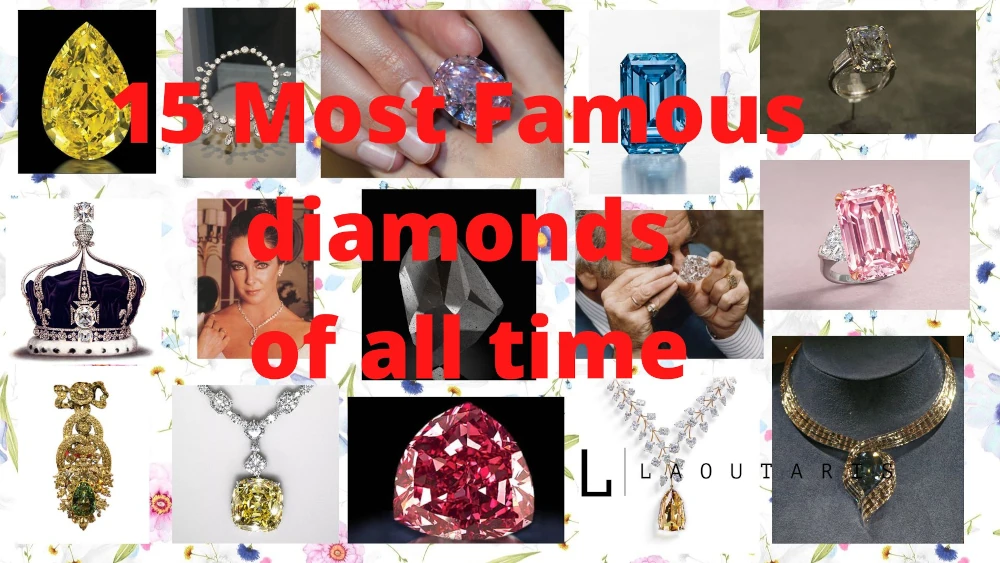
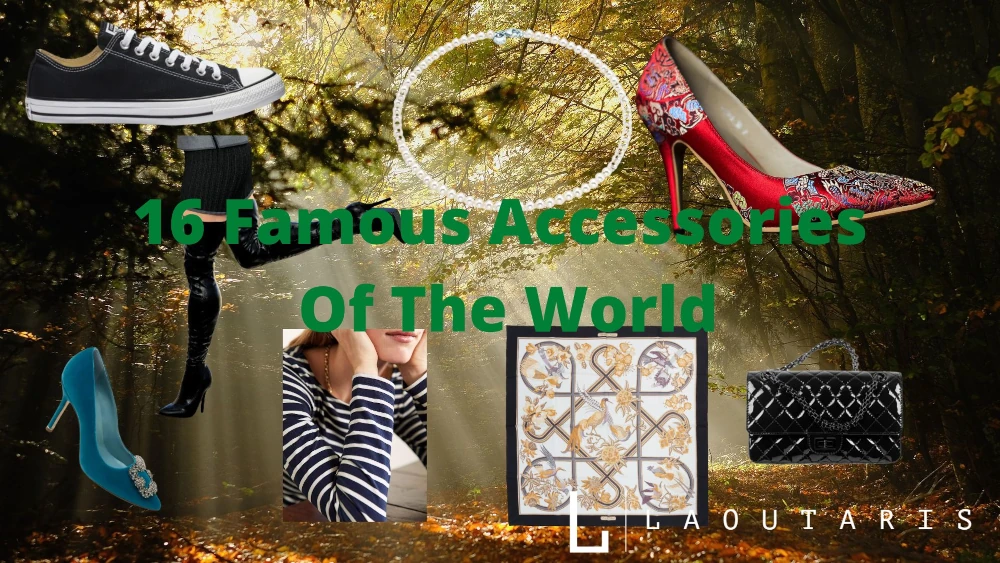
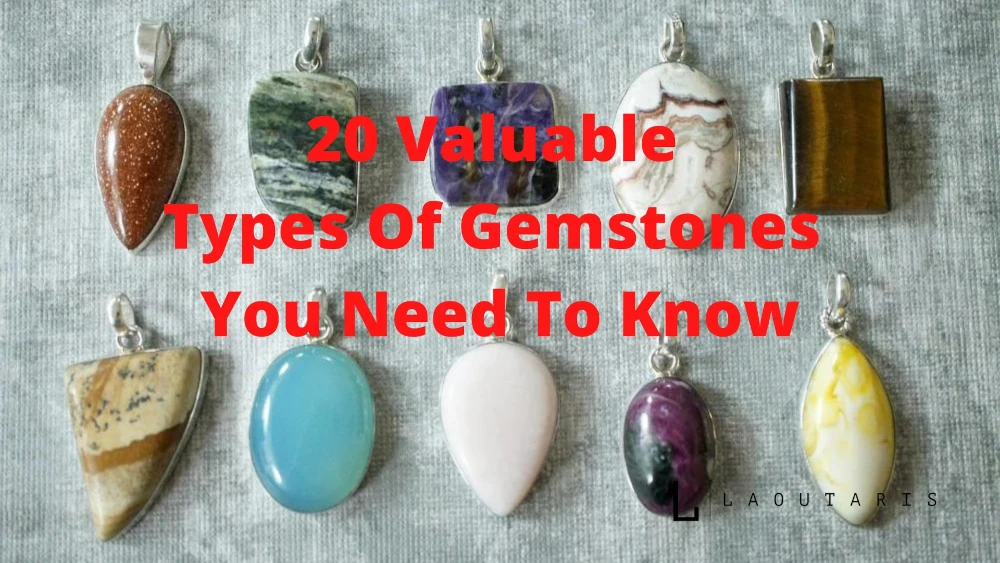

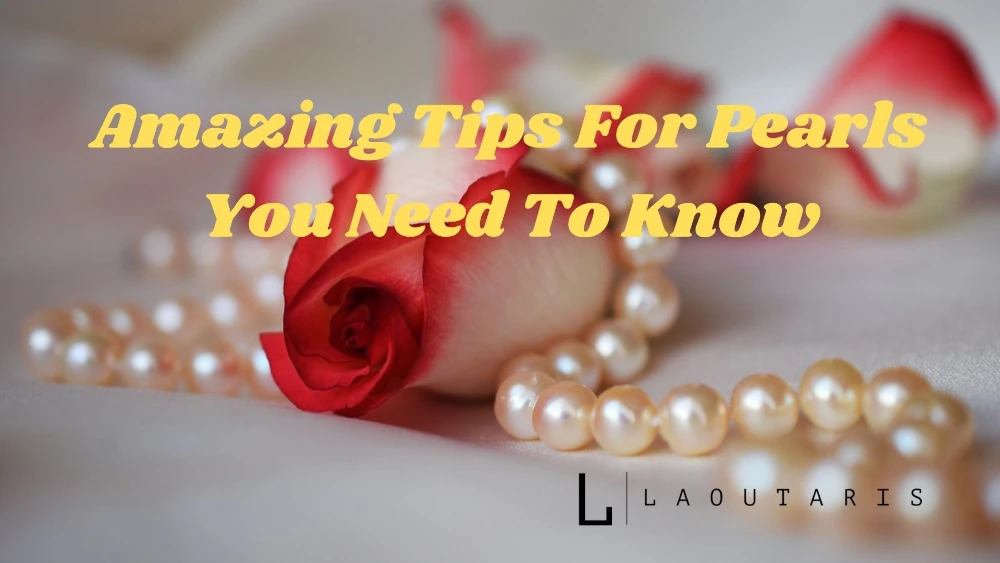

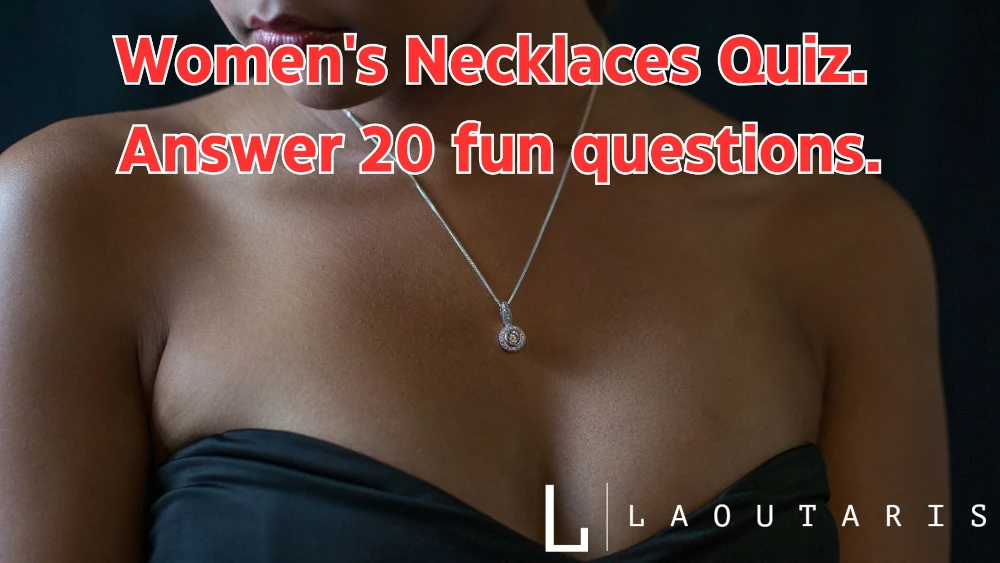

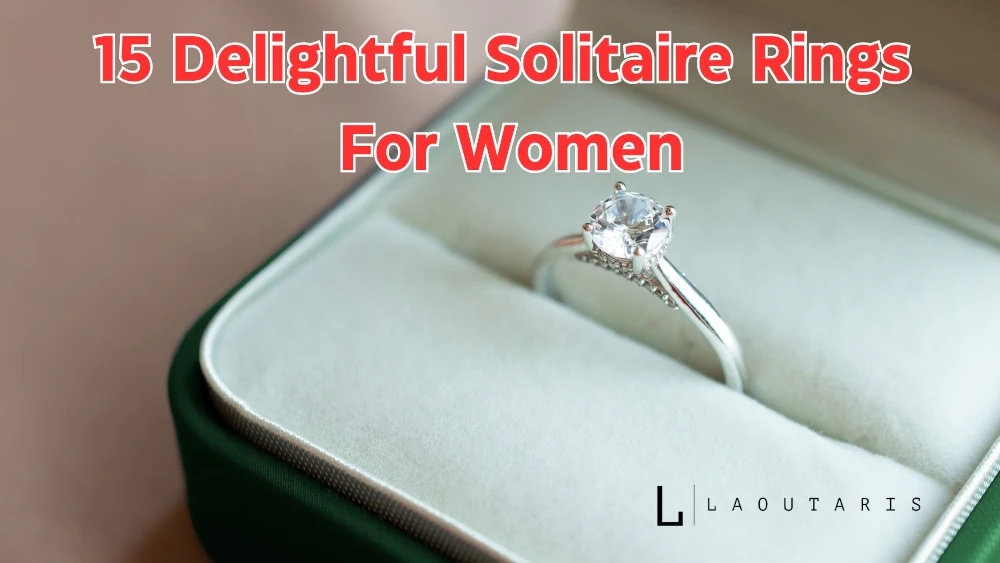
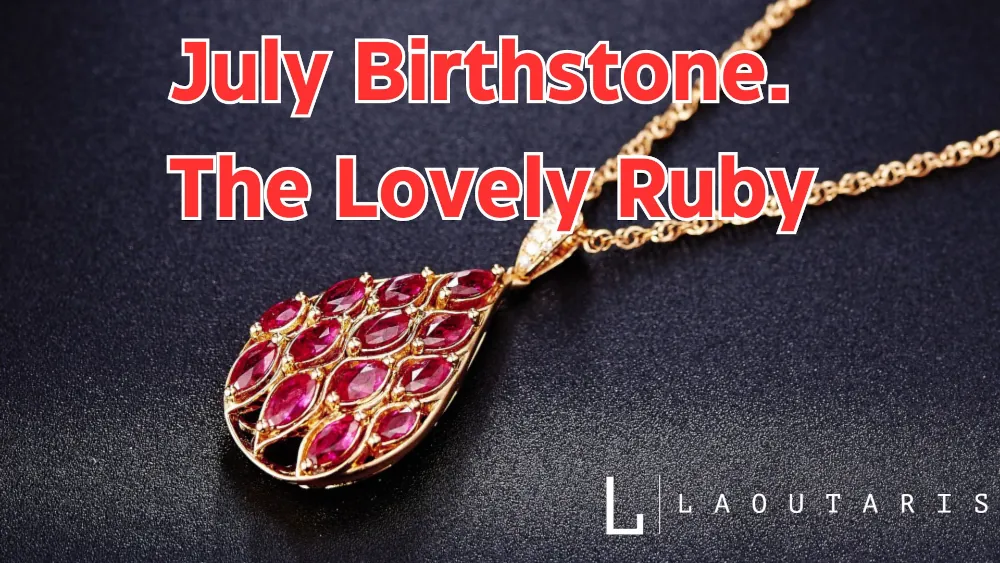

Your point of view caught my eye and was very interesting. Thanks. I have a question for you.